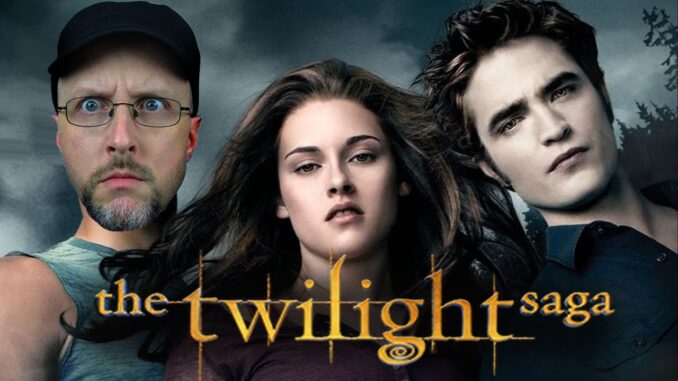
Twilight's Lingering Shadows: Controversial Moments That Still Spark Debate
Stephenie Meyer's "Twilight" saga, a cultural phenomenon that swept the globe, ignited a passion in its readers that bordered on frenzy. But beneath the sparkling veneer of romance and supernatural fantasy lurked a series of controversial moments that continue to fuel heated debates and raise uncomfortable questions about the series' underlying themes. From Bella's questionable agency to the problematic portrayal of Native American culture, these lingering shadows of "Twilight" still cast a long and contentious light.
One of the most enduring points of contention is Bella Swan's character and her seeming lack of agency throughout the series. Critics argue that Bella is reduced to a passive object of desire, her identity solely defined by her relationships with Edward and Jacob. Her constant need to be rescued, her willingness to sacrifice everything for a vampire, and her ultimate decision to become one herself, all point to a character devoid of independent thought and driven by an unhealthy obsession. The debate centers on whether Bella's actions are a testament to the power of love or a disturbing illustration of codependency and the relinquishing of self. Proponents argue that Bella's choices are her own, driven by a deep and genuine love that transcends the ordinary. They point to her stubborn streak and her moments of self-sacrifice as evidence of her strength. However, the sheer frequency with which Bella is helpless, combined with her willingness to abandon her human life for a preternatural existence, makes it difficult to dismiss the argument that she is more of a damsel in distress than a strong female protagonist.
Adding fuel to the fire is the infamous "imprinting" phenomenon within the Quileute wolf pack, particularly Jacob Black's eventual imprinting on Bella's infant daughter, Renesmee. This plot point has sparked outrage and accusations of pedophilia, despite Meyer's insistence that imprinting is not romantic in nature until both parties reach maturity. The visual of Jacob, a nineteen-year-old werewolf, obsessively devoted to a newborn baby is undeniably unsettling. The defense often lies in the explanation of imprinting as a deep connection, a sort of predestined protectiveness, but the underlying power dynamic and the implications of a wolf guarding a child until she is of age to potentially reciprocate romantically remain deeply problematic. This particular plot point is arguably the most difficult to defend, forcing readers to confront uncomfortable questions about consent and the potential for exploitation, even within a fantastical context.
Another significant source of controversy stems from the portrayal of the Quileute tribe. While Meyer claimed to have conducted research, many members of the Quileute community have voiced concerns about the inaccurate and stereotypical representations of their culture. The romanticized portrayal of their transformation into wolves and the exoticization of their spiritual beliefs are viewed as a form of cultural appropriation. Furthermore, the simplification of their traditions and the focus on their supernatural abilities overshadow the real challenges and complexities faced by contemporary Native American communities. Critics argue that "Twilight" perpetuates harmful stereotypes and reduces a vibrant, living culture to a fantastical backdrop for a romantic fantasy. Defenders, however, argue that Meyer's intentions were not malicious and that the inclusion of the Quileute tribe, however flawed, provided a much-needed representation of Native Americans in mainstream literature.
Beyond these major controversies, other aspects of the saga continue to generate debate. The glorification of unhealthy relationships, the emphasis on physical beauty, and the overall lack of diverse representation are all points of contention. While some argue that "Twilight" is simply escapist fiction and should not be subjected to such intense scrutiny, its immense popularity and influence on young audiences warrant a critical examination of its underlying messages.
In conclusion, the "Twilight" saga remains a cultural touchstone, but its legacy is indelibly marked by the controversial moments that continue to spark debate. Bella's perceived lack of agency, the unsettling implications of Jacob's imprinting, and the problematic portrayal of the Quileute tribe are just a few examples of the issues that continue to haunt the series. While some may dismiss these criticisms as overly harsh, they are vital to understanding the complex and often troubling impact of "Twilight" on popular culture. By acknowledging and discussing these controversies, we can engage in a more nuanced and critical appreciation of the series, moving beyond the sparkling romance and confronting the shadows that still linger. The debates surrounding "Twilight" serve as a reminder of the power of storytelling and the responsibility of authors to create narratives that are not only entertaining but also thoughtful and respectful of the diverse perspectives and experiences of their audience.
